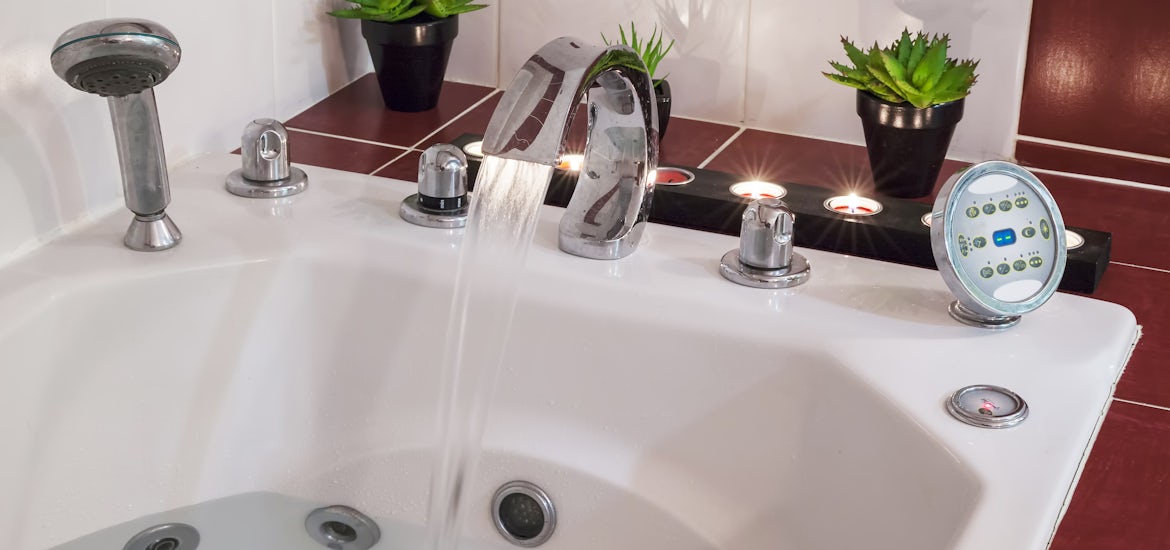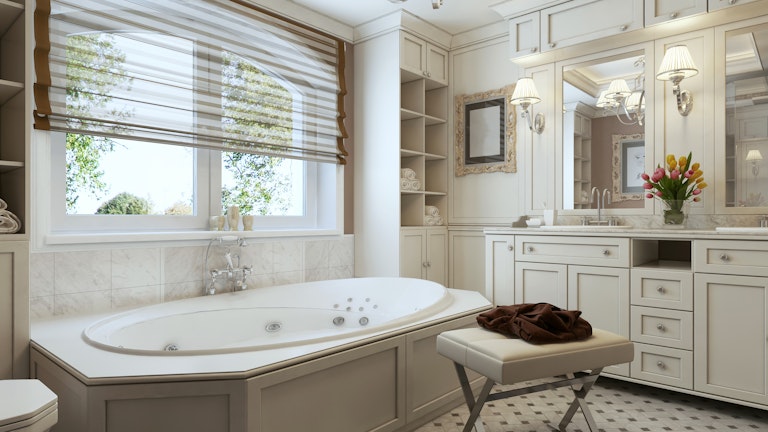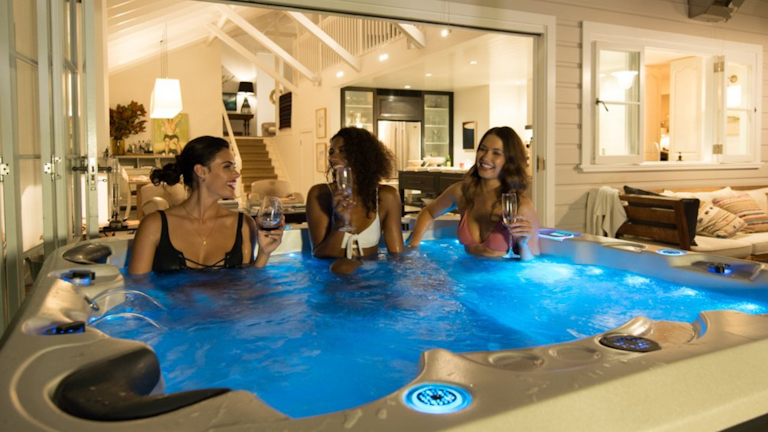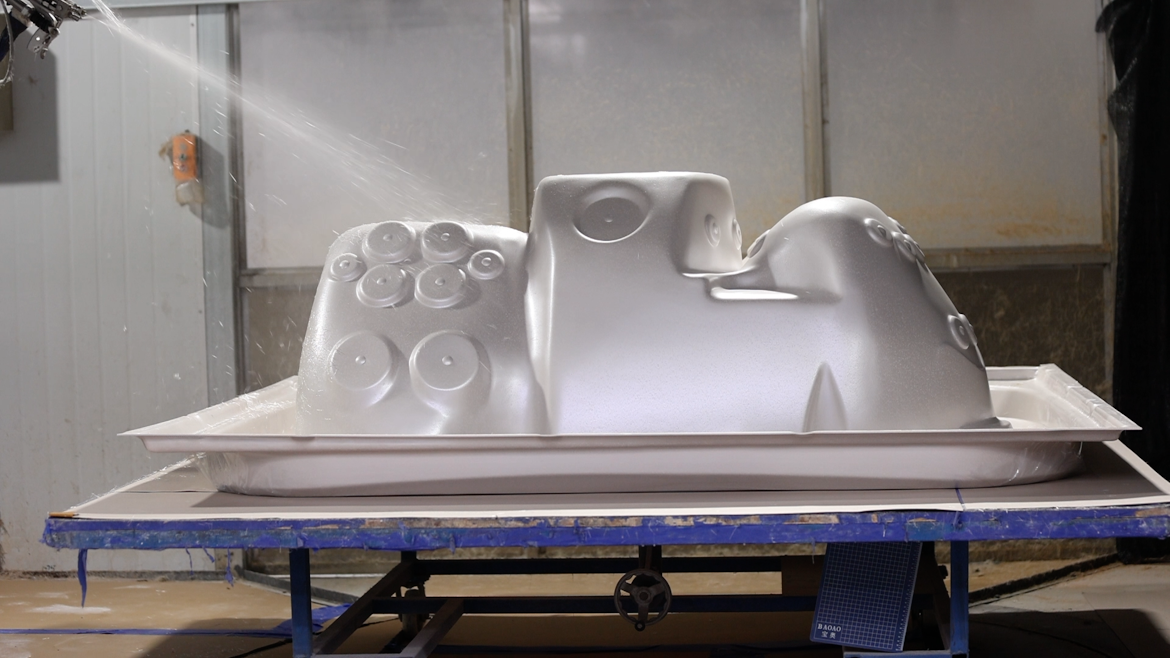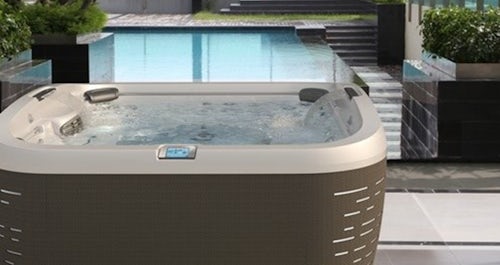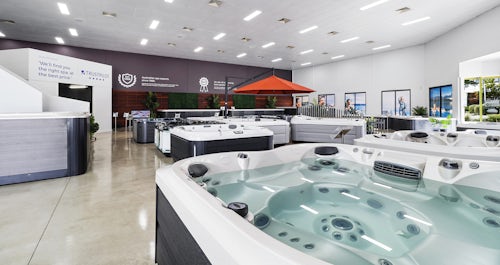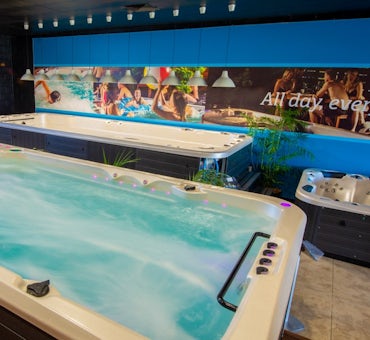So, you’ve been thinking about buying a spa and started looking for options but it seems that there are many terms used to describe a “spa” and we know it can sometimes be confusing.
Different terms like hot tub, spa, spa pool, spa bath, and Jacuzzi® may be used to describe machines that let you soak in bubbling water.
This article focuses on the differences between a spa bath and a spa pool.
If you want to learn more about what a hot tub is and its key differences from a spa pool, our detailed article below answers these questions.
